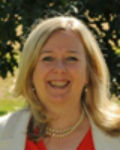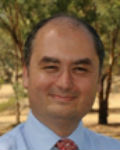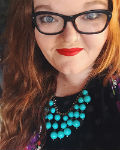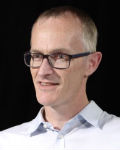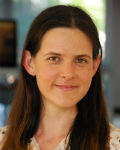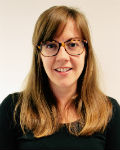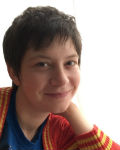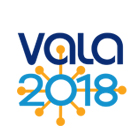
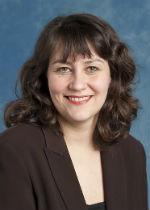
The Science of Interpretation: Lessons Learned in the Science Museum, London
VALA2018 PLENARY SESSION 1
Tuesday 13 February 2018, 9:00 – 10:15
Natasha McEnroe
Science Museum, London
Please tag your comments, tweets, and blog posts about this session: #vala2018 #p1
View the video of the presentation on the VALA2018 GigTV channel here:
Abstract
Museums are well placed to showcase the wonder and creativity of science and provide exceptional opportunities with which to engage our audiences. The role of science museums is to tell us about ourselves and the world around us, tackling questions both ethical and philosophical – with some jolly interactives for the kids along the way. But is it really as straightforward as that? Why do so many people feel science is ‘not for me’ and how do museums overcome that barrier?
The Science Museum Group
Based in London’s South Kensington and three regional museums, is making a renewed commitment to the display and interpretation of its internationally renowned collections of science, technology, engineering and medicine. We are delivering this through a series of extensive development projects. We opened Information Age in 2014 and Mathematics, designed by the late Zaha Hadid, opened in 2016. Next to open is the extensive Medicine galleries project, opening in 2019. Spread over five galleries, costing £24m and showcasing the world-famous collection of Henry Wellcome, Medicine will be the largest medical gallery space in the world. Perhaps most ambitiously, the Science Museum Group is rethinking the way that the stored collections of all four museums are cared for and accessed. This includes a digitisation programme that will be unprecedented across the heritage sector in terms of scale and complexity.
Seeking new ways to use and interpret the collection is at the centre of all our activity. However, museum development on such an ambitious scale carries with it associated risks. How do we future-proof galleries about technology? How can we fully plan the future usage of digital in a rapidly changing world? What might happen if our visitors and users lead on curating gallery and digital content? Perhaps most challenging of all – how do we engage creatively with non-family and non-specialist audiences? We need to ensure that knowledge gained as each project completes is successfully applied to the next. This is an essential part of the programme. In this paper, Natasha McEnroe, Keeper of Medicine, shares the lessons learned by the Science Museum – and provide a sneak preview of the new Medicine Galleries.

This work is licensed under a Creative Commons Attribution-NonCommercial License.

